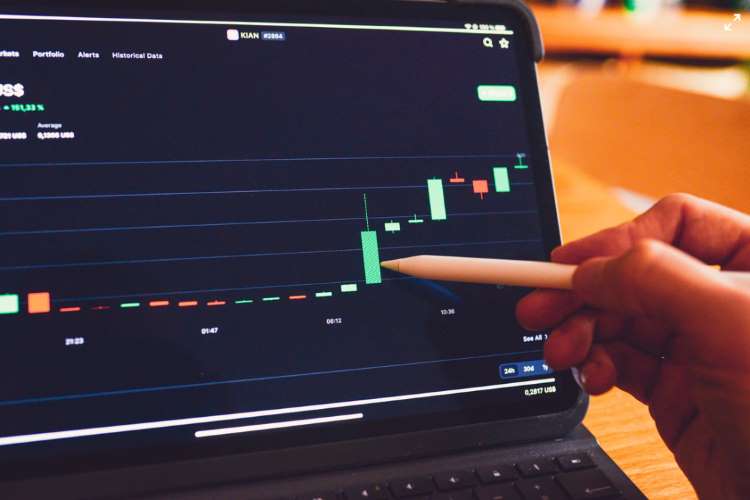
US interest rate action: The US Federal Reserve delivered the fourth straight 75 basis-point interest rate increase and signalled that its aggressive monetary tightening may be approaching the last lap. The unanimous decision lifted the target for the benchmark federal funds rate to a range of 3.75-4%, its highest level since 2008. The rate hikes by Fed will impact the growth prospects of economies across the world. It is also expected to weigh down on stocks and put further pressure on currencies.
The Fed’s message could mean that the central bank plans to raise rates in smaller increments in coming months, putting an end to the sequence of jumbo hikes. The December meeting of Fed could see a half a percentage point rate hike, beyond which there could be smaller hikes till it manages to bring rising prices under control. The general view among economists is that there is still some more ground to cover for the Fed, though there was no clear signal in this direction.
READ | Sticky inflation: RBI note to govt may blame supply side factors
The Fed is trying to bring down runaway prices by raising the cost of borrowing to slow down the economy, leading to a stronger currency and weaker demand. The Fed started monetary tightening a tad late and is now forced to take swifter and steeper hikes.
US interest rate hike and India
When the Fed raises its benchmark rate, it widens the interest rate gap between India and the US. This makes India and other emerging market economies less attractive for investors. This means capital outflow from India which weakens the rupee. After the latest rate hike by the Fed, several global currencies went into a tailspin. The Russian rouble hit a two-week low against the greenback on Thursday. This was largely because of a fall in global crude oil prices. The dollar has been appreciating due to the Fed’s hawkish monetary stance that could affect global economic growth. When the global economy faces problems, investors tend to trust the dollar and dollar-denominated investments that are considered safer.
The rupee depreciated 8 paise to 82.88 against the dollar in Thursday’s morning trade. At the interbank foreign exchange, the domestic currency opened at 82.87 against the dollar, then lost further ground to quote at 82.88. This meant a loss of 8 paise over its previous close. A weak rupee makes imports dearer and widens the current account deficit. India is a net importer that depends on imported crude oil to meet its growing energy demand. With Wednesday’s interest rate hike by the Fed, gold is further losing its sheen.
High inflation remains a concern for central banks across the globe including the RBI. The inflation worries are stoked by the uncertainty around the Russia-Ukraine war which led to supply side disruptions in the post-pandemic period. This happened at a time when the global commodity prices were rising due to pent-up demand which overwhelmed supply.
READ | COP27: India’s ancient learnings can help climate change mitigation efforts
To tackle inflation, central banks including the RBI are hiking rates in tandem. India’s Monetary Policy Committee has raised the benchmark repo rate by 190 basis points since May, taking the repo rate to pre-Covid levels. India’s retail inflation surged to a five-month high of 7.4% in September and logged the third straight quarter above the RBI’s tolerance ceiling of 6%. The RBI MPC is meeting today to finalise a report to the government on why it failed to keep retail inflation below the target for three consecutive quarters.
The RBI Monetary Policy Committee may continue with monetary tightening in its December meeting. Informed opinion is divided over the next rate increases, with some economists favouring another 35-bps hike while some others saying that the next rate move will depend on global and domestic indicators around that time. As the Fed has signalled the continuation of monetary tightening, albeit in smaller instalments, the RBI and other central banks will be left with no option but to raise rates to protect the domestic currency and the economy.
